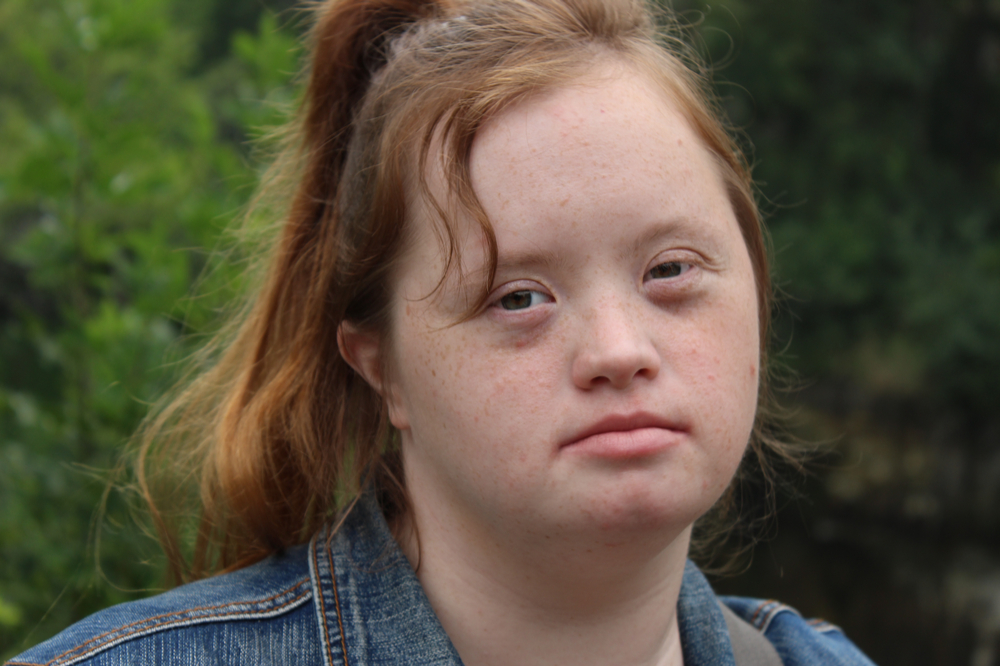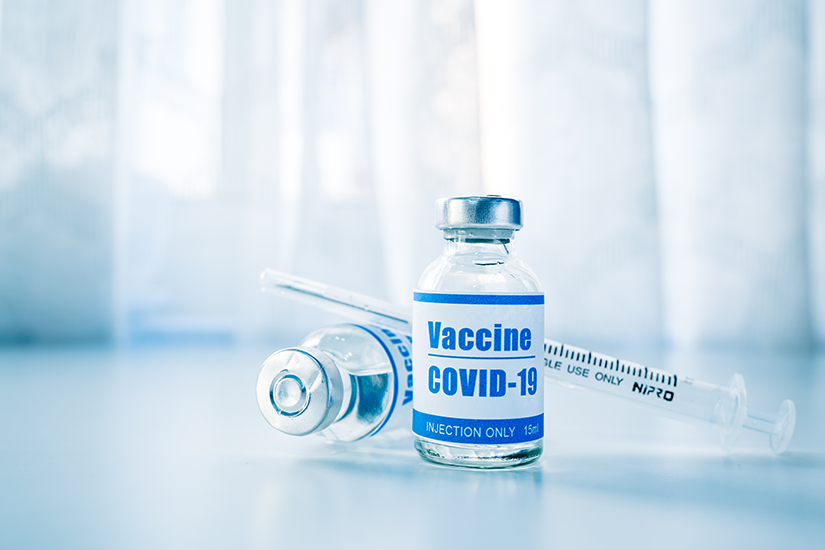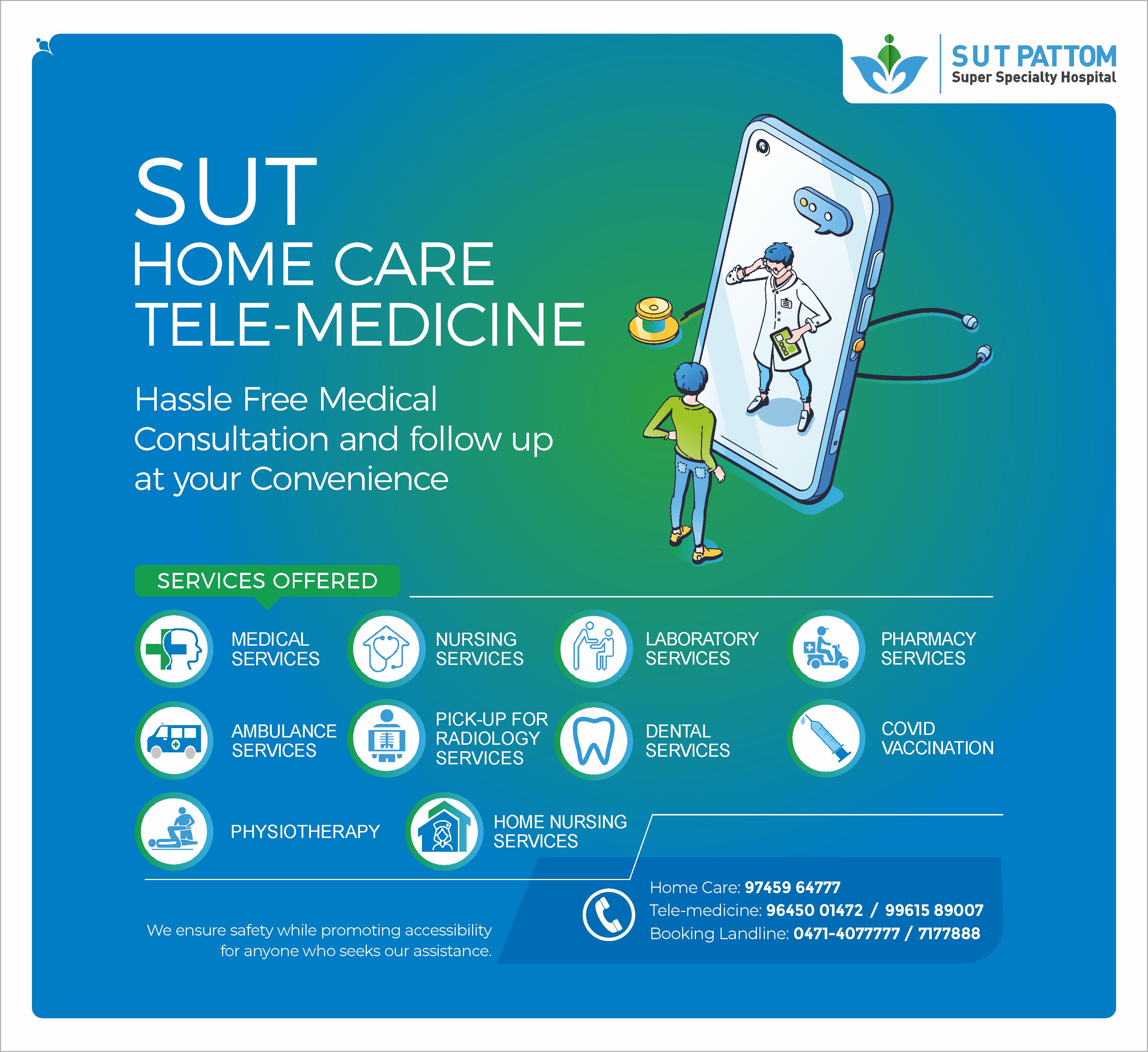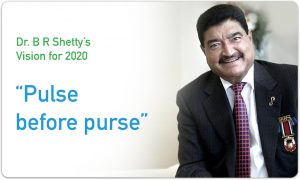- Emergency Ambulance Services
- 8606811111
- 0471-4077777, 0471-7177888
- gro@sutpattom.com
Down Syndrome
Down syndrome is a common genetic condition, which is associated with intellectual disability. This is an increased risk of concomitant congenital defects and organic disorders. Apart from these risk factors, morbidity estimates of Down Syndrome life expectancy suggest an increase shortly. It was not until the 19th century that Down Syndrome was recognized as a distinct disease. Lejeune, Turpin and Gautier found the third chromosome 21 in patients with Down Syndrome in 1959. From the most important question raised concerning the role of the extra chromosome 21 in the phenotype of Down Syndrome. To understand Down Syndrome, it is crucial both to understand the genomic content of chromosome 21 and how the expression levels of these genes are altered by the presence of this third copy. Down Syndrome is also associated with phenotypes that vary: not one child with Down Syndrome is the same as the other. Not until the last years new observations have led to the identification of the long arm of chromosome 21 as the responsible region for the Down Syndrome phenotype, the Down Syndrome critical region. Chromosome 21 is the smallest chromosome, which may explain the presumed durability of this syndrome over evolution. At this moment, more than 450 genes have been identified on chromosome 21, and genes have been identified specifically related to the DSCR.
Down syndrome day is on March 21st which gives awareness of this condition. This condition was first described by Dr John Langdon Down in 1866, under whose name this condition is known. This is not an illness but it is characterized by a combination of congenital feature, which can be seen in the external appearance as well as in the internal organs due to a change in the number of chromosomes. It occurs in about one in 750 children. If maternal age increases by more than 35 years, there is an increased risk of having a child with Down syndrome.
In each human cell, there are 46 chromosomes (23 pairs of chromosomes). In the cell of a child with Down syndrome, usually, we can find three copies (instead of two copies) of chromosome 21. This is the most common type of Down syndrome named Trisomy 21, which accounts for 95% of cases of Down syndrome. Translocation accounts for 4% of cases of Down syndrome where the total number of chromosomes in the cells is 46, but an additional full or partial copy of chromosome 21, attaches to another chromosome, usually chromosome 14. In the case of translocations, the risk of having Down syndrome in subsequent offspring might be high. Mosaic Down syndrome is the least common of Down syndrome, when there is a mixture of two types of cells, some containing a normal number of chromosomes (46) and some containing 47, the cells containing 47 chromosomes contain an extra chromosome 21.
In most cases, Down Syndrome can be detected during the antenatal period using screening tests and ultrasound. To confirm Down Syndrome, amniotic fluid can be aspirated and tested for Down syndrome. This procedure called Amniocentesis which is done between 15 to 20 weeks. Another confirmatory test called Chorionic villus can also be done usually between 11 and 14 weeks of pregnancy.
If it is identified after delivery, the child specialist can soon relate a disorder with the basic observation with the appearance and external features of the baby like flattened facial profile, an upward slant to the eyes, low muscle tone, protruding tongue, short broad hands etc. This can be confirmed using genetic tests like FISH (Fluorescent in situ hybridization) and Karyotype. If the test result is positive for Down syndrome, a detailed evaluation has to be done to find out other abnormalities in internal organs.
Children with Down syndrome need additional care because of multiple challenges. Mild cognitive delay can be found in these babies along with lesser muscles. All growth developments are delayed including language development. And hence, these babies need early intervention development therapy and physiotherapy for better neuro developments and muscle strength. These children may have obstructive sleep apnea. They also show ear infections, hearing loss and eye problems like cataracts, refractive errors, nystagmus. Fifty percentage of babies with this condition have structural heart disease. Depending on the type and severity of the heart disease, such children may need medication or cardiac surgery. Many children with Down syndrome have reduced thyroid hormone levels. Therefore, blood thyroid hormone levels need to be checked at periodic intervals. Some may need thyroid hormone supplementation if there are hypothyroidism or low thyroid hormone levels in the blood. Some may develop Type 1 Diabetes Mellitus. Intestinal obstruction may occur in 5 percent of these babies needing mostly emergency surgery during the newborn period itself. Apart from this, babies are at risk of dislocation of the neck called atlantoaxial joint dislocation. There is a higher chance of malignancies, leukaemia and Alzheimer’s disease in these children.
Children with Down syndrome need a happy and protected environment to grow like any other child. Even though these children have a mild delay in intellectual ability, the development of the ability to interact socially is not affected much. Therefore these children are usually happy and interact affectionately with others. They are also known to have an interest in music and other art forms. Therefore the parents and society need to create an environment needed for the growth and development of the child. Parents should learn about the various challenges (described above) faced by these children and do the needful to rectify these problems. Therefore parents are given counselling at the genetic centre/hospital after confirming the condition. The child needs to follow up with a child specialist and if needed other specialists such as the cardiologist, hormone specialist, paediatric surgeon, etc are involved in the care of the baby. The growth of the baby needs to be monitored using a Down Syndrome growth chart. Depending on the child’s intellectual ability, the child needs to be given the opportunity for school education. Apart from gaining academic achievements, these children should be made capable of taking care of themselves independently. These are at risk of bullying and sexual abuse. Therefore a Circle concept of Relationship is important to be understood by everyone. Innermost (green) circle of closest family members and friends, where you trust, love, enjoy and depend. Middle (yellow) circle of distant relatives, casual friends, classmates, doctors, teachers and other professionals where you be friends and appreciate. Outermost (red) circle of strangers, where you have to be polite and be cautious. There are Down syndrome support groups created by parents of Down syndrome children and other non-government organizations, which can provide appropriate support to new parents and children with this condition. These children need to be allowed to grow and develop amongst society with compassion and support. As parents and society we should think that Down or no Down, these are our children, our responsibility.









